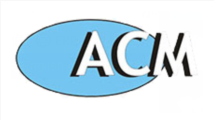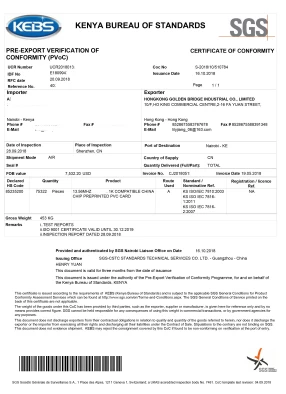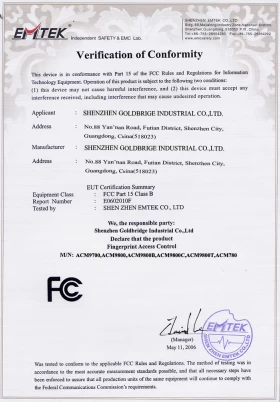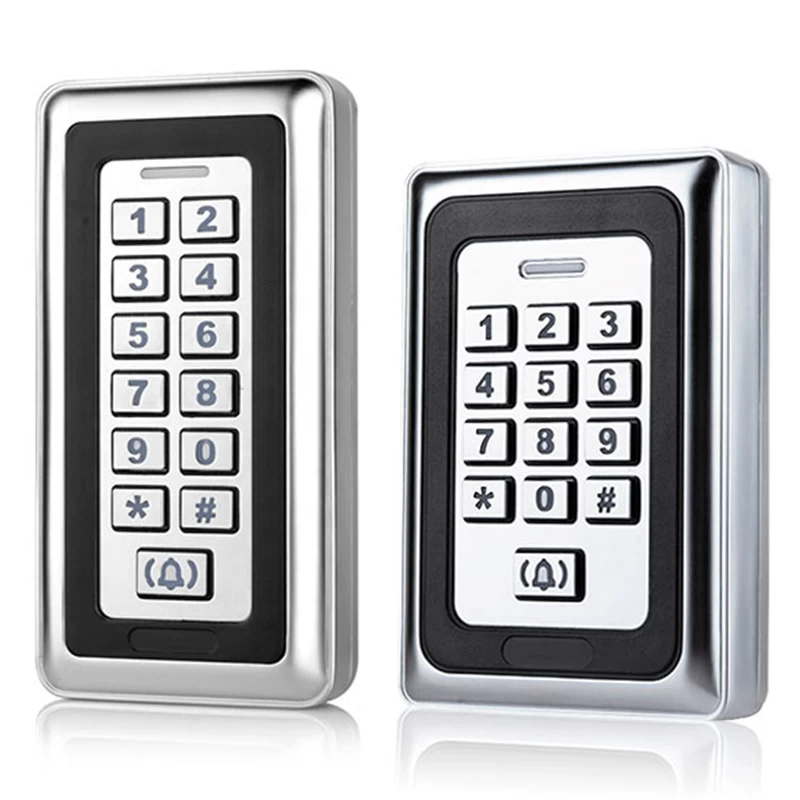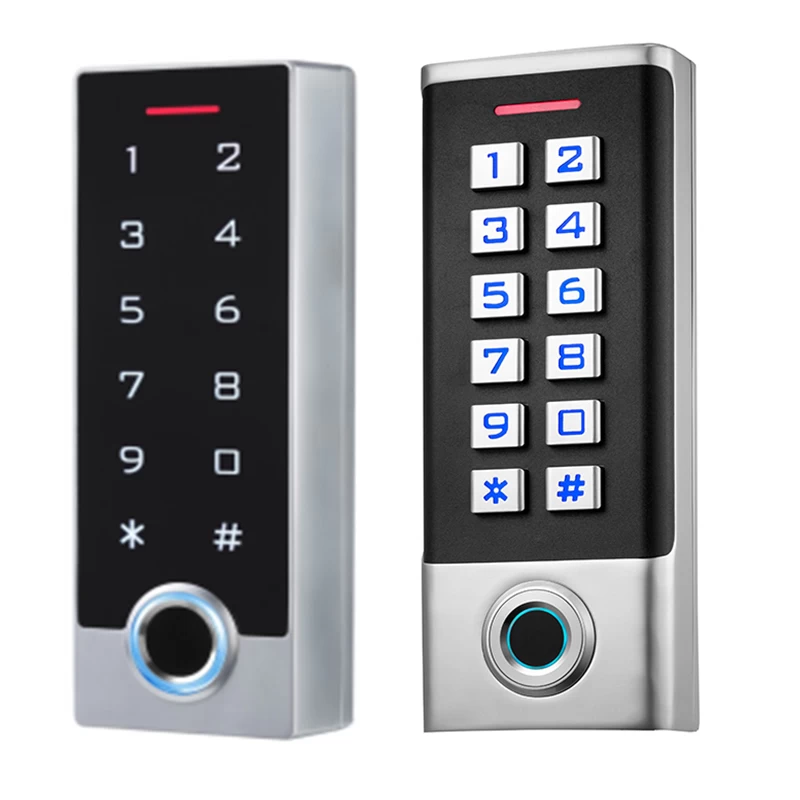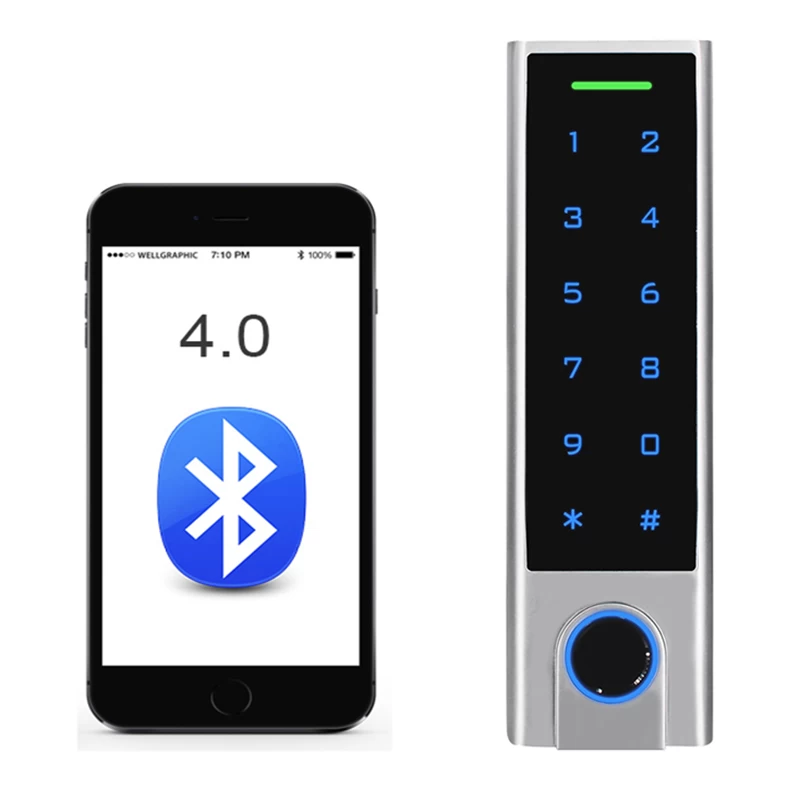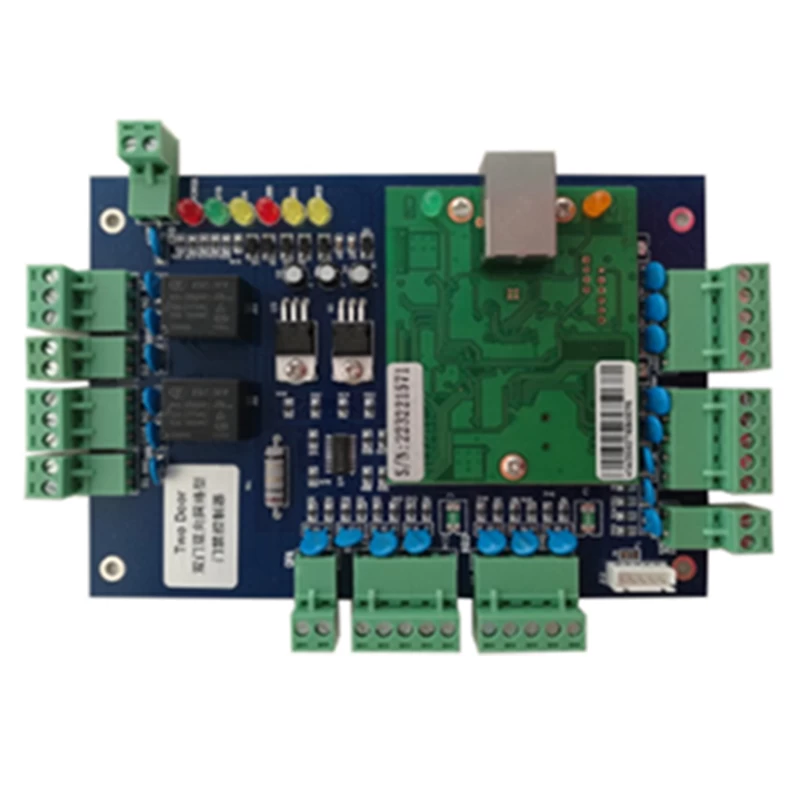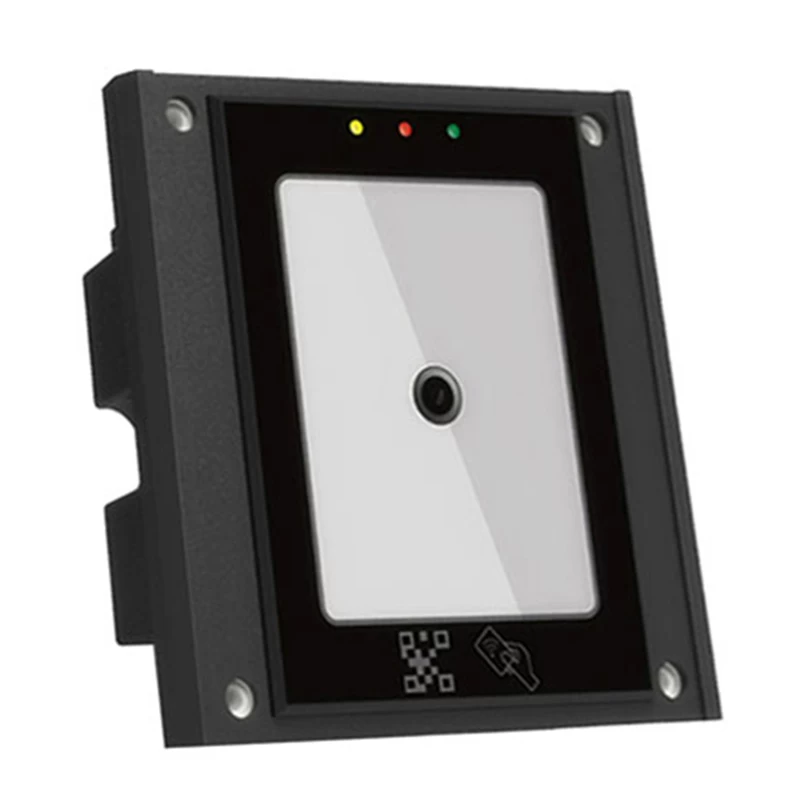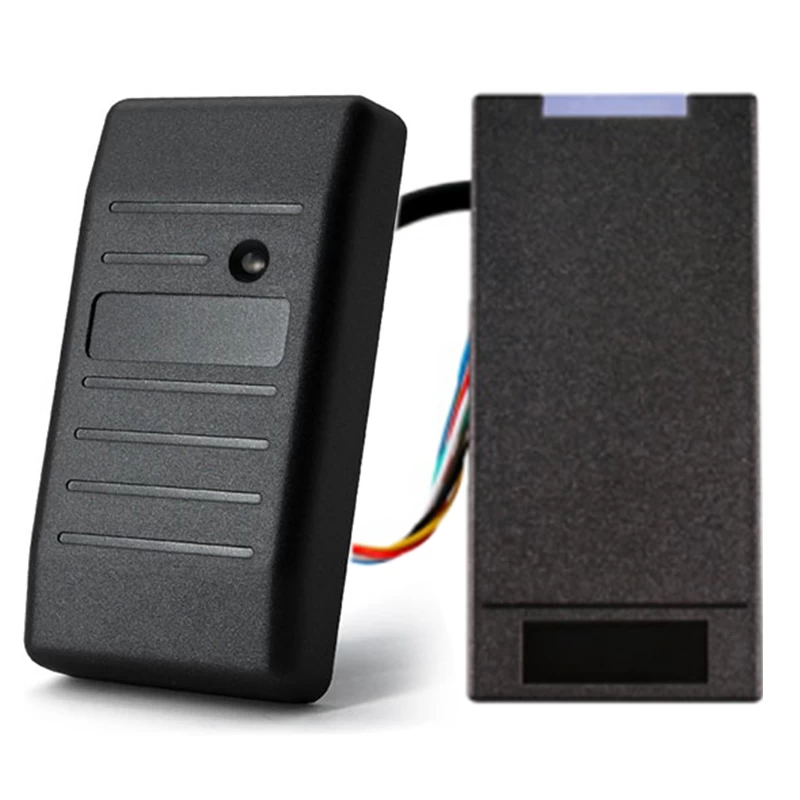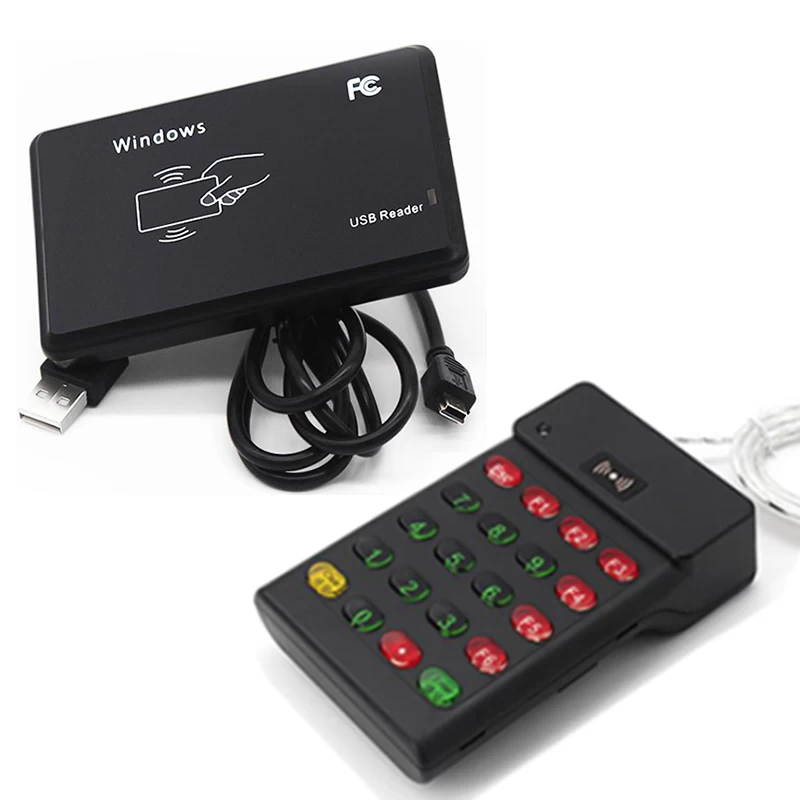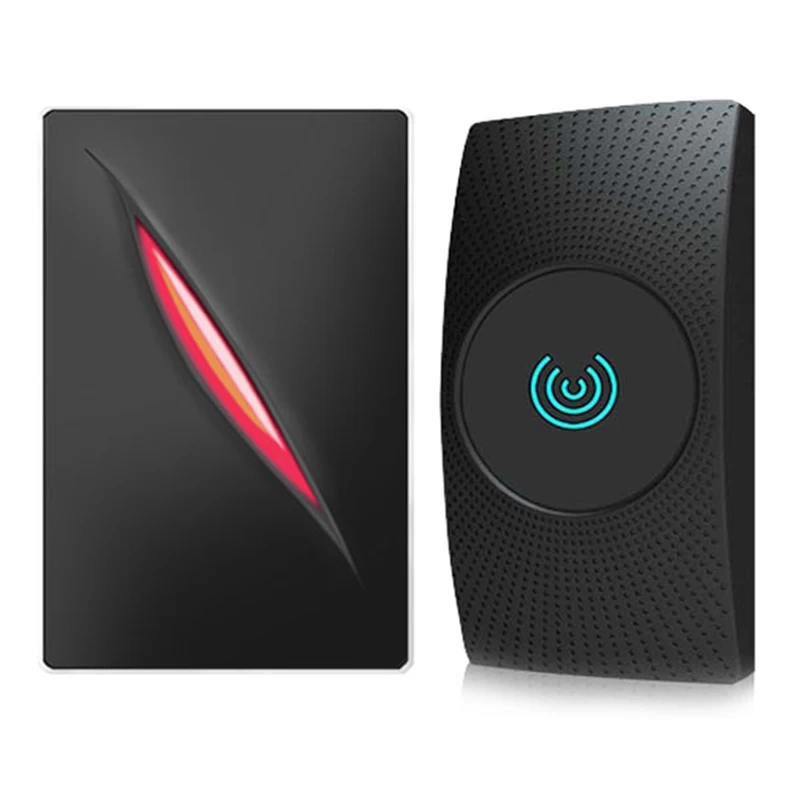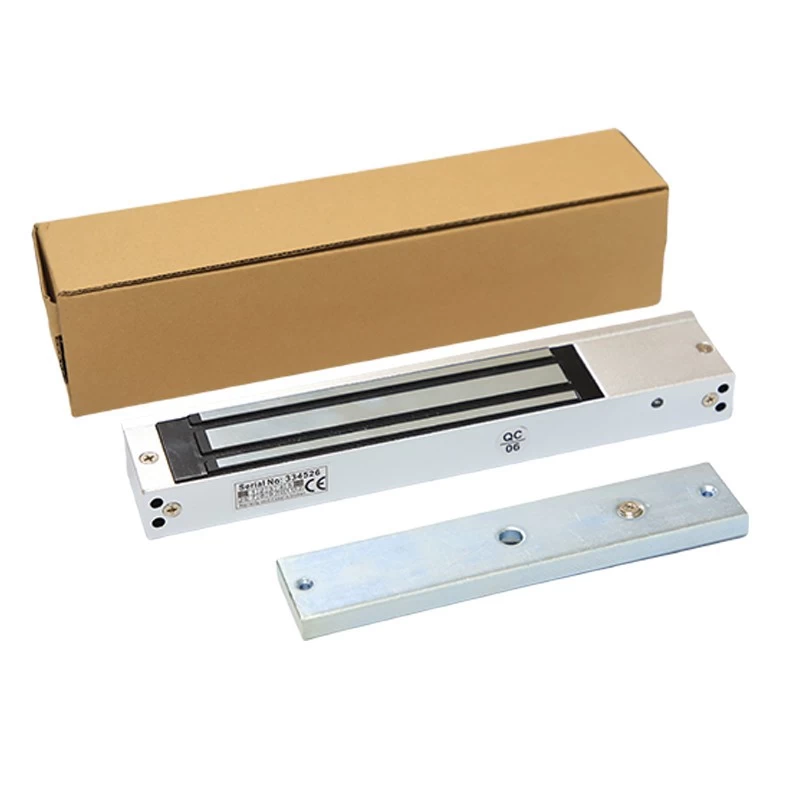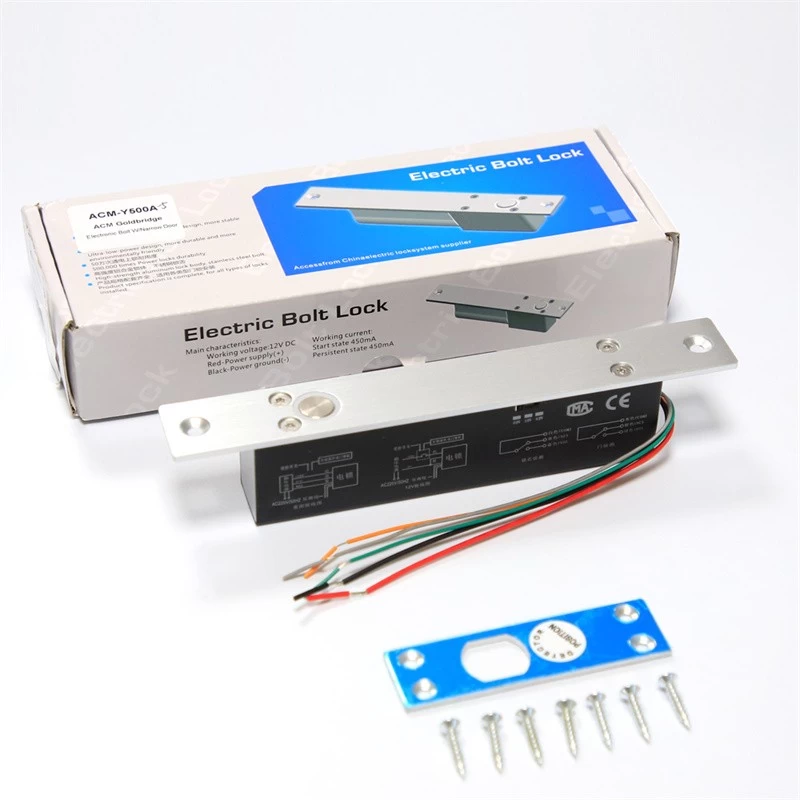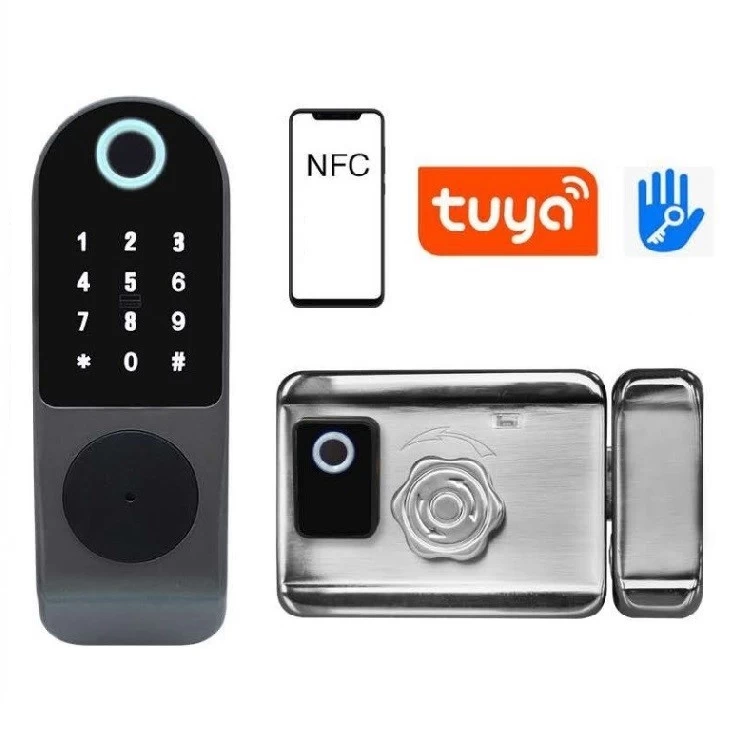Revolutionizing Library Management: The Critical Role of RFID Tags in Modern Libraries

In today’s fast-paced digital world, libraries are embracing cutting-edge technology to enhance efficiency and improve user experiences. Among these innovations, Radio Frequency Identification (RFID) tags have emerged as a game-changer in library management, streamlining operations and transforming how books and resources are tracked, borrowed, and secured.
How RFID Tags Enhance Library Operations
RFID technology allows libraries to automate and optimize key processes:
-
Self-Checkout Systems – Patrons can quickly borrow books without staff assistance, reducing wait times.
-
Inventory Management – Librarians can scan entire shelves in minutes, improving accuracy and saving time.
-
Anti-Theft Protection – RFID gates detect unauthorized book removals, enhancing security.
-
Faster Returns – Automated drop boxes instantly update records when books are returned.
The Future of Libraries with RFID
As libraries evolve into digital hubs, RFID technology ensures they remain efficient and user-friendly. By reducing manual tasks, staff can focus on community engagement and digital literacy programs.
"RFID is not just about tracking books—it’s about empowering libraries to serve their communities better," says Jane Carter, a library technology expert.
With RFID adoption growing globally, libraries are proving that innovation and tradition can coexist, ensuring knowledge remains accessible in the 21st century.
